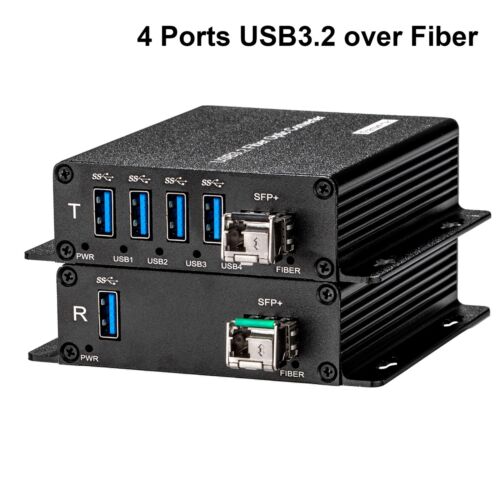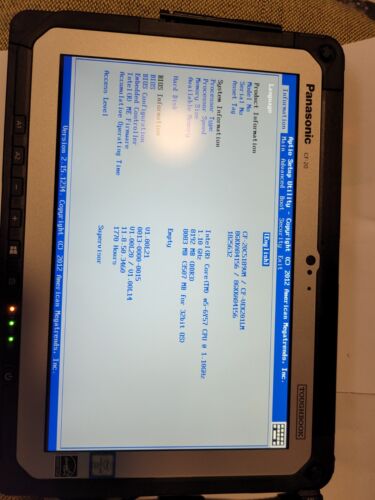In today’s digital age, data centers are the backbone of any organization. They store and manage vast amounts of data critical to business operations and decision-making. With the increasing complexity and scale of data centers, having a comprehensive documentation strategy is essential to ensure smooth operations and efficient management of resources.
A well-thought-out documentation strategy serves as a roadmap for data center operations, helping staff members understand the infrastructure, processes, and procedures in place. It also facilitates troubleshooting, maintenance, and disaster recovery efforts. Here are key elements to include in creating a comprehensive data center documentation strategy:
1. Inventory of Hardware and Software: Start by creating a detailed inventory of all hardware and software components in the data center. This includes servers, storage devices, networking equipment, and applications. Document specifications, configurations, serial numbers, and warranty information for each item.
2. Network Diagrams: Develop network diagrams that illustrate the layout and connections of hardware components within the data center. Include information on IP addresses, VLANs, and network topology to help troubleshoot network issues and plan for future expansions.
3. Power and Cooling Infrastructure: Document the power distribution and cooling systems in the data center, including UPS units, PDUs, generators, and HVAC units. Keep track of power consumption, heat dissipation, and redundancy levels to ensure optimal performance and reliability.
4. Security Policies and Procedures: Outline security policies and procedures to protect the data center from unauthorized access, data breaches, and physical threats. Document access controls, surveillance systems, and incident response plans to mitigate risks and ensure compliance with industry regulations.
5. Change Management Processes: Define change management processes for deploying, updating, and decommissioning hardware and software components in the data center. Document change control procedures, approval workflows, and rollback plans to minimize disruptions and prevent downtime.
6. Disaster Recovery and Business Continuity Plans: Develop disaster recovery and business continuity plans to mitigate the impact of unforeseen events on data center operations. Document recovery objectives, backup schedules, and recovery procedures to ensure data integrity and minimize downtime in case of a disaster.
7. Vendor and Support Contacts: Maintain a list of vendor contacts and support agreements for hardware and software components in the data center. Include contact information, service level agreements, and escalation procedures to expedite troubleshooting and resolution of issues.
8. Documentation Maintenance and Review: Regularly update and review documentation to reflect changes in the data center environment, such as hardware upgrades, software patches, and configuration updates. Assign responsibility for maintaining documentation and establish a review process to ensure accuracy and completeness.
In conclusion, creating a comprehensive data center documentation strategy is crucial for efficient operations, troubleshooting, and disaster recovery efforts. By including key elements such as inventory of hardware and software, network diagrams, power and cooling infrastructure, security policies, change management processes, disaster recovery plans, vendor contacts, and documentation maintenance, organizations can effectively manage their data center resources and ensure business continuity in the face of challenges.


















